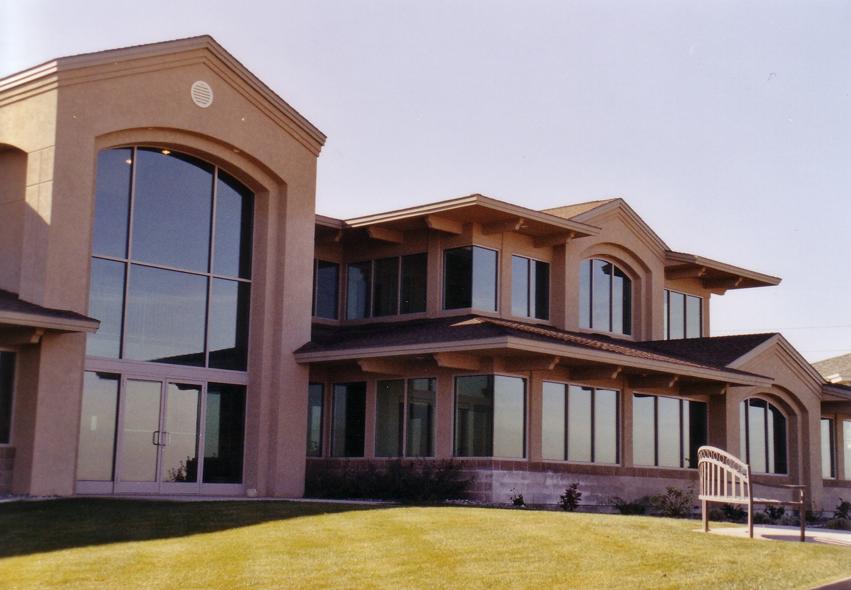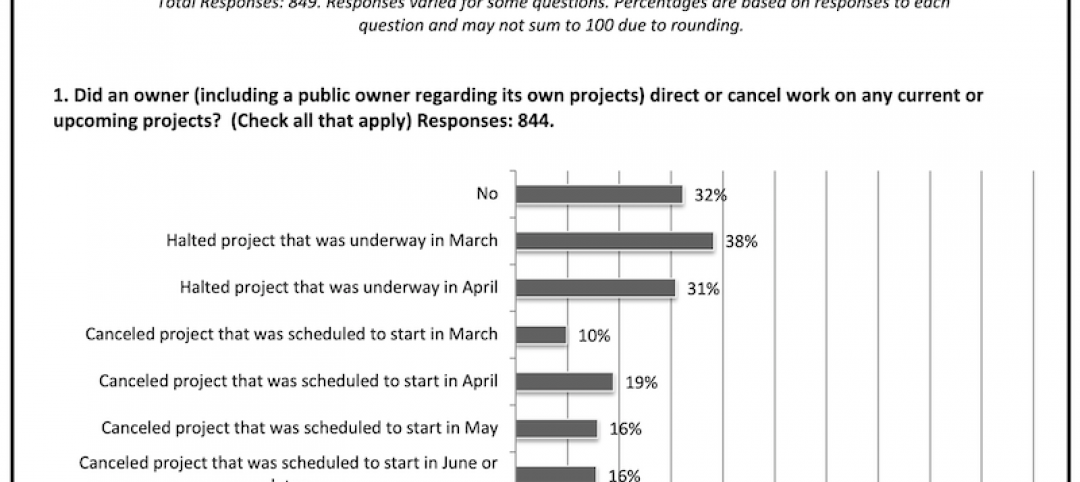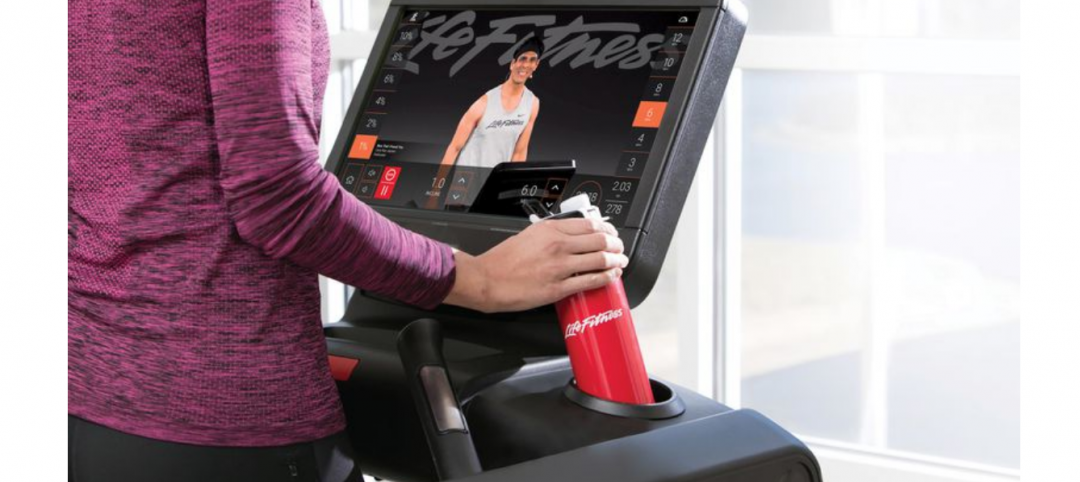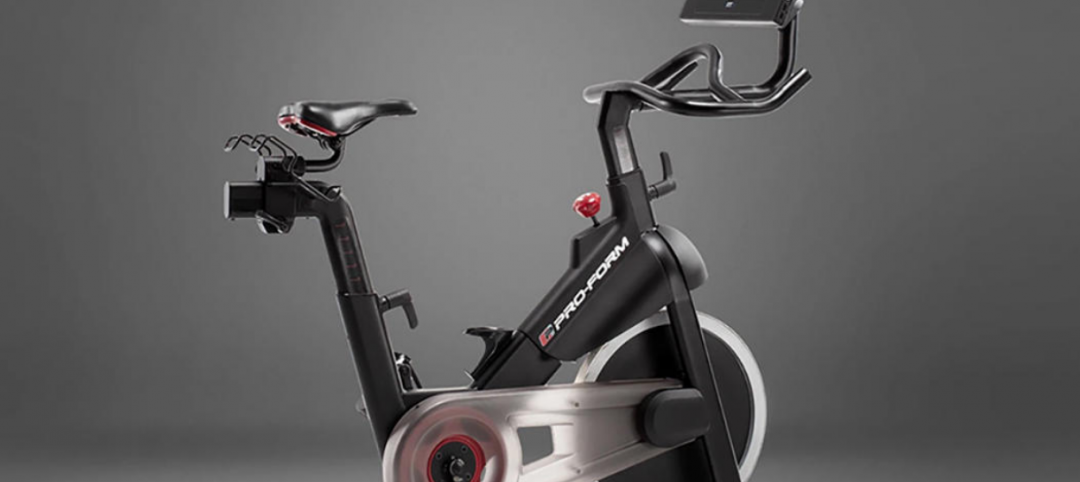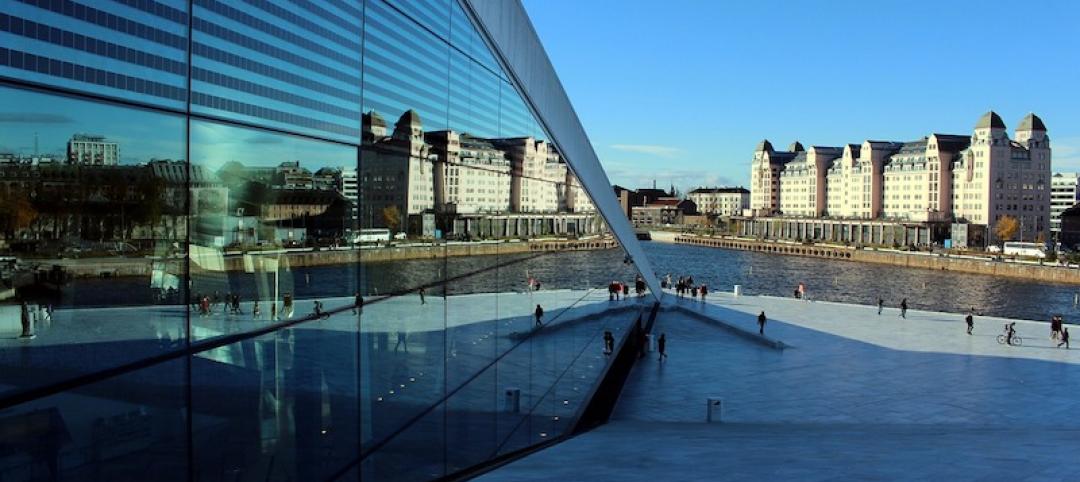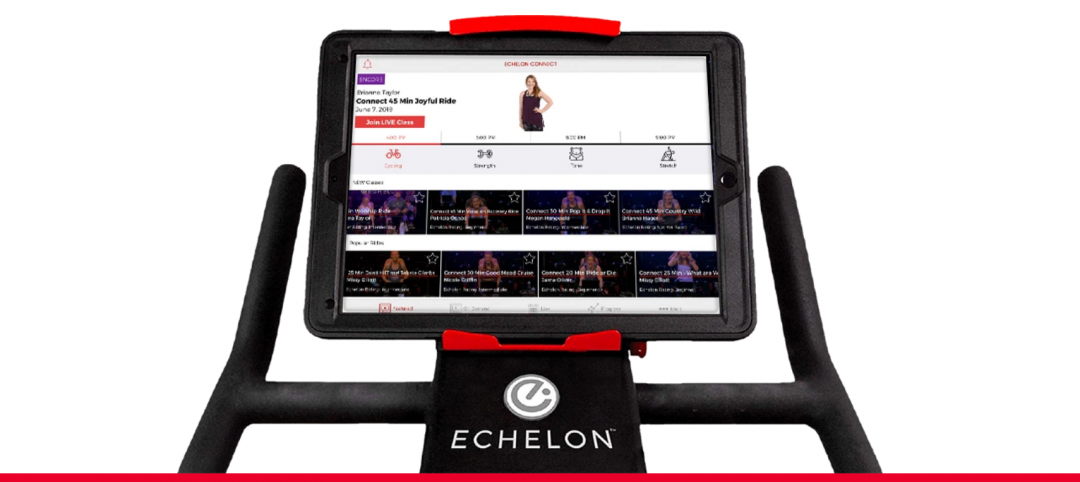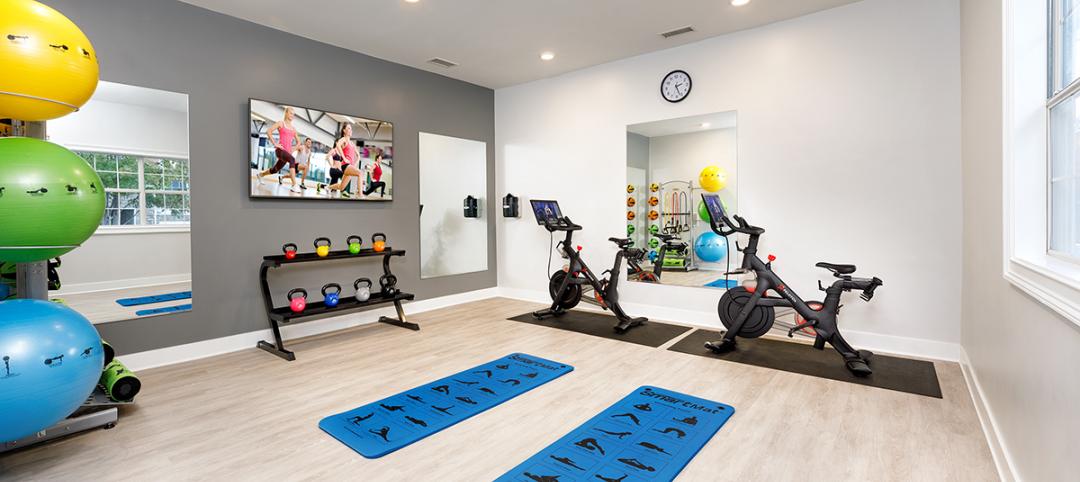The U.S. Department of Energy is in the midst of an ambitious project to develop a “roadmap” that could help owners of the country’s small buildings (under 50,000 sf) slice their energy usage by 45% and trim $30 billion a year off their energy bills. But motivating the owners of 4.6 million properties won’t be easy.
The numbers provide some sense of what the DOE is up against. More than 90% of commercial buildings in the U.S. are smaller than 50,000 sf; 73% are smaller than 10,000 sf. In fact, the average small building measures less than 8,000 sf, according to the 2003 Commercial Buildings Energy Consumption Survey, the best data we have to work with.
Buildings of less than 50,000 sf account for just over half (51%) of total floor space in commercial use and consume 44% of the energy used in all buildings in the U.S. Thus, the picture starts to come into focus: millions of small buildings collectively exerting a huge impact on the nation’s energy consumption but with millions of owners scattered who knows where over the countryside. Meanwhile, the most popular programs, notably LEED and Energy Star, have been directed primarily at buildings greater than 50,000 sf.
It may be asked: What about organizations like BOMA International, CoreNet Global, and NAIOP, which represent property owners with portfolios that can run into the thousands of buildings? Commendable as their efforts in energy conservation may be, that still leaves millions of existing buildings in the hands of individual property owners who, for the most part, have more pressing problems to worry about.
This last point is borne out by a 2011 study conducted by the National Small Business Association. Of 200 NSBA members who responded, 40% cited “limited capital” as the chief obstacle to making their businesses, and their buildings, more energy efficient.
More telling, perhaps, is that 20% of respondents to the NSBA survey said “lack of time” to research and implement energy-conservation measures was why they were not doing so. That’s understandable, given that the NSBA survey was conducted while the economy was still in a severe downturn and small business owners were fighting for survival.
Even so, 82% of respondents said that they had taken some positive actions, from turning off lights when not in use (36%) to purchasing more energy-efficient equipment (33%), changing the thermostat (31%), and upgrading to more efficient lighting (29%).
Based on these findings, it would seem that there’s interest on the part of owners of smaller commercial buildings to do something to reduce their energy use. Fifty-four percent of the NSBA respondents said they knew about utility-sponsored energy-reduction programs, and 27% had actually used them. But 37% of small-building owners knew nothing about these programs.
The DOE has identified seven small building types that account for nearly half (49%) of all commercial buildings not in malls, and which consume about one-third of the energy used by “non-mall” buildings. At the top of the list: freestanding, single-use foodservice buildings (restaurants and grocery stores), followed by office buildings, schools, strip malls, single-use retail outlets, lodging, and “Main Street” structures.
The DOE roadmap is still in the works. If you’ve got any suggestions, send them to me (rcassidy@sgcmail.com) and I’ll be glad to pass them along to the DOE staff.
More from Author
Rob Cassidy | Mar 30, 2020
Your turn: Has COVID-19 spelled the death knell for open-plan offices?
COVID-19 has designers worrying if open-plan offices are safe for workers.
Rob Cassidy | Mar 25, 2020
Coronavirus pandemic's impact on U.S. construction, notably the multifamily sector - 04-30-20 update
Coronavirus pandemic's impact on U.S. construction, notably the multifamily sector - 04-30-20 update
Rob Cassidy | Nov 20, 2019
Word of the Year: "climate emergency," says the Oxford English Dictionary
The Oxford Word of the Year 2019 is climate emergency.
Rob Cassidy | Nov 8, 2019
The Peloton Wars, Part III - More alternatives for apartment building owners
ProForm Studio Bike Pro review.
Rob Cassidy | Nov 1, 2019
Do car-free downtown zones work? Oslo, yes; Chicago, no
Two recent reports (October 2019) explore whether car-free downtowns really work, based on experience in Oslo, Norway, and Chicago.
Rob Cassidy | Oct 9, 2019
Multifamily developers vs. Peloton: Round 2... Fight!
Readers and experts offer alternatives to Peloton bicycles for their apartment and condo projects.
Rob Cassidy | Sep 4, 2019
Peloton to multifamily communities: Drop dead
Peloton will no longer sell its bikes to apartment communities.

